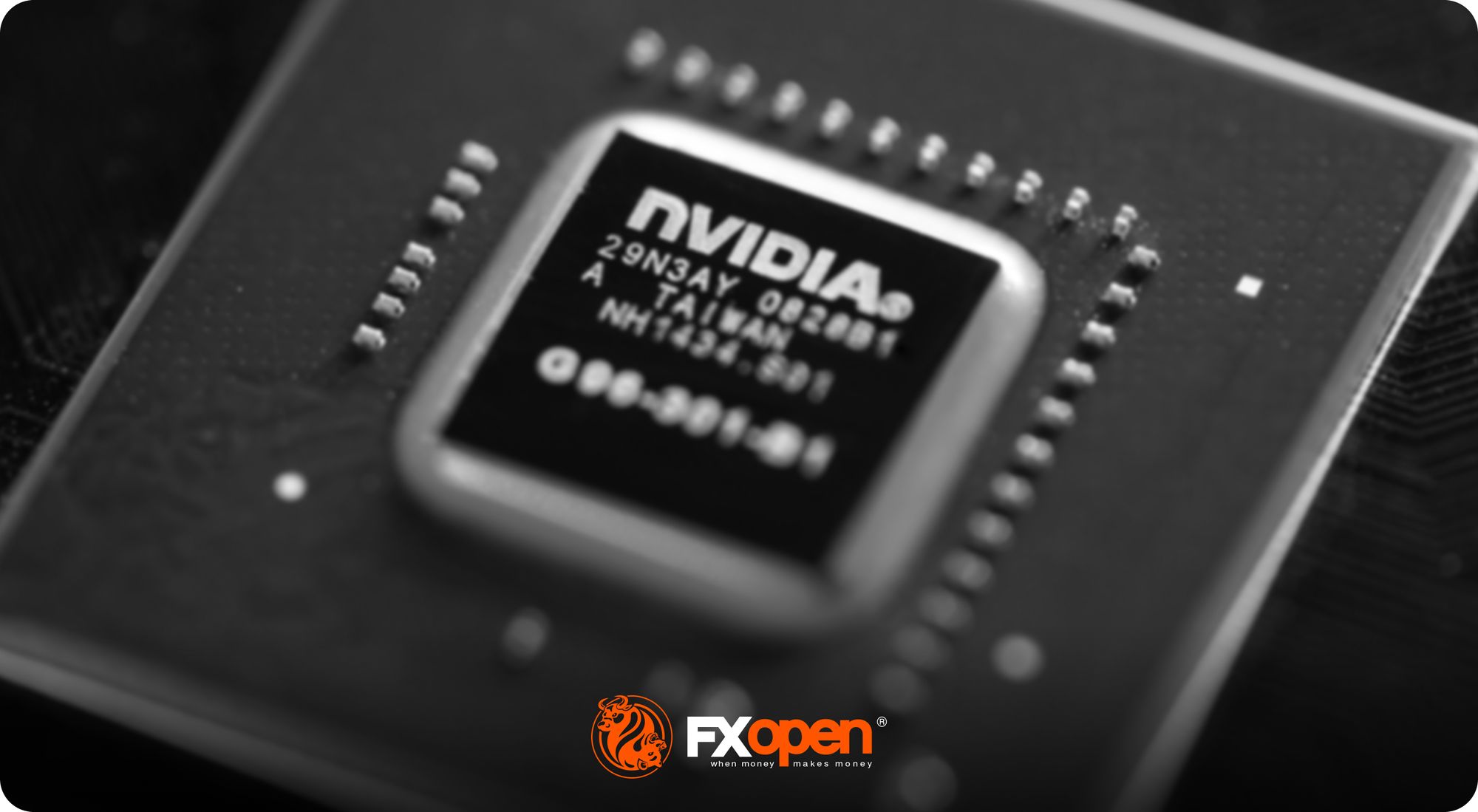FXOpen

It's no secret that every profession has its own special words and professional slang, which is understandable only to those who have worked in the sphere for a long time. The stock market is no exception, and stock trading definitions are quite complex. To help you get comfortable in this environment, we have compiled the FXOpen trader's dictionary, which explains the most important basic trading terms.
It’s vital to distinguish between investing and trading. Investing is the process of buying a share in a company and gaining partial company ownership. Trading involves dealing with stocks without owning them. A contract for differences (CFD) enables stock trading, meaning that individuals do not buy and sell the stock itself, but earn on the price difference. You can learn more about stock trading here.
Below, you will find the trade terminology used in stock trading and investing.
1. Equity/Stock/Share
These are the most commonly used terms in the stock market. Mostly, stock, share, and equity are interchangeable. Still, they have differences.
- Stocks generally stand for a portion of ownership in numerous companies. A person may say that they own stocks in Tesla and Amazon.
- Shares reflect portions of ownership of a particular corporation. Here it’s right to say that a person owns 100 Tesla shares.
- Equities refer to the total ownership stake. In particular, if a corporation issues 1,000 shares, and a person owns 100 of them, they hold a 10% equity stake.
You can also use these terms in trading, although you don't get a portion of ownership. If you talk about assets in general, you can call them stocks. If you consider trading assets of a single company, you can call them shares.
2. Ask
An ask price is the supply price or the minimum price at which the seller agrees to sell a stock.
3. Bid
A bid price is the demand price or the maximum price at which the buyer agrees to buy a stock.
When trading on a platform, traders always see bid and ask prices, that is, the prices at which they can buy or sell an asset at this moment. If the current prices do not suit them, traders may place pending orders. If the price reaches the desired level, then a pending order will be executed, and if not, after a while, the order may be cancelled.
4. Spread
The difference between the demand price (bid) and the offer price (ask) is called a spread. Tight spreads are an indicator of greater liquidity, while wider spreads are observed in highly volatile or illiquid stocks. The bid-ask spread is the transaction cost that a market maker receives.
A market maker is an intermediary that handles orders in the market.
5. Exchange
An exchange is a platform on which securities, derivatives and other financial instruments are traded. The main function of the exchange is to ensure fair trading and the effective dissemination of price information. Users create brokerage accounts to trade instruments presented on exchanges.
6. Broker
A broker is a firm or a person acting on behalf of its clients. Brokers are intermediaries in deal-making on stock exchanges. As professionals, they fulfil user orders and make money on service fees.
7. Bull/Bear Market
There are two main types of market trends: bullish and bearish. Bull markets are a time when the price of an asset rises. Bear markets are periods when the price of financial assets falls. The stock market usually grows long and slowly, and falls fast and sharply.
8. Earnings Report
Earnings reports are submitted by public companies every three months to publish their financial data. They are important for stock analysts and investors because they provide a way to assess the current financial state of a company and understand whether it is worth investing in. Traders also study reports, as their results may cause volatility in the market.
9. Volatility
Volatility is a statistical financial indicator that characterises price variability. High volatility, as a rule, signals instability. Mind that stocks are considered risky and highly volatile instruments.
10. Yield
Yield is more common for investing. It reflects how much income an investment brings over a specific period. Yield is often expressed as a percentage and reflects either the interest investors earned or the dividends they received.
Takeaway
If you don’t feel confident in stock terms and trading rules, you can consider creating a free demo account to better understand how stock trading works without the need to spend real money. When you get experienced, you may move to the TickTrader platform to experience trading for real money. You will notice that the mechanics of stock CFD trading are similar to Forex trading. Just look through the terms and trading slang presented in this article, so that the articles and instructions you read later on will be clear and the whole process will be much easier.
This article represents the opinion of the Companies operating under the FXOpen brand only. It is not to be construed as an offer, solicitation, or recommendation with respect to products and services provided by the Companies operating under the FXOpen brand, nor is it to be considered financial advice.
Stay ahead of the market!
Subscribe now to our mailing list and receive the latest market news and insights delivered directly to your inbox.








